Whilst eating may be a multisensory experience, in food photography, you’re only using your eyes to get to the viewers taste buds. The sense of touch, smell, taste and sound all need to work visually in order to tell your story of food. If you’re looking into mastering food photography, then you’re in the right place.
Like any dish you will cook in your kitchen, it’s the ingredients and recipe that can make or break the dish. Imagine baking a vanilla pound cake. The recipe calls for 2 teaspoons of baking powder. You can’t omit that one ingredient and expect to make the perfect pound cake with the perfect crumb with the perfect crumbly texture and the perfect crunchy crust.
Food photography is similar in that it’s both scientific and creative. In order to take eye catching photos that tell a story, inspire others and get mouths watering, there are six essential ingredients you need in order to be successful. Take one of those ingredients out and you have a failed image.
PHOOD breaks down these six ingredients to make your food look as good as it tastes.
Ingredient 1- Food Photography Essentials: Tools Of The Trade
You’ll be surprised to know you don’t need a whole lot of equipment to be successful at food photography. What you do need is to know your equipment inside out so that you’re not constantly fumbling with your equipment or don’t know how to use it to its maximum potential.
Remember, it’s NEVER about the camera. It’s about the photographer behind the camera. It’s never about the gear, it’s about the knowledge behind it. So the first obstacle to showstopping food photography is mastering the equipment you have and creating from the bare minimum.
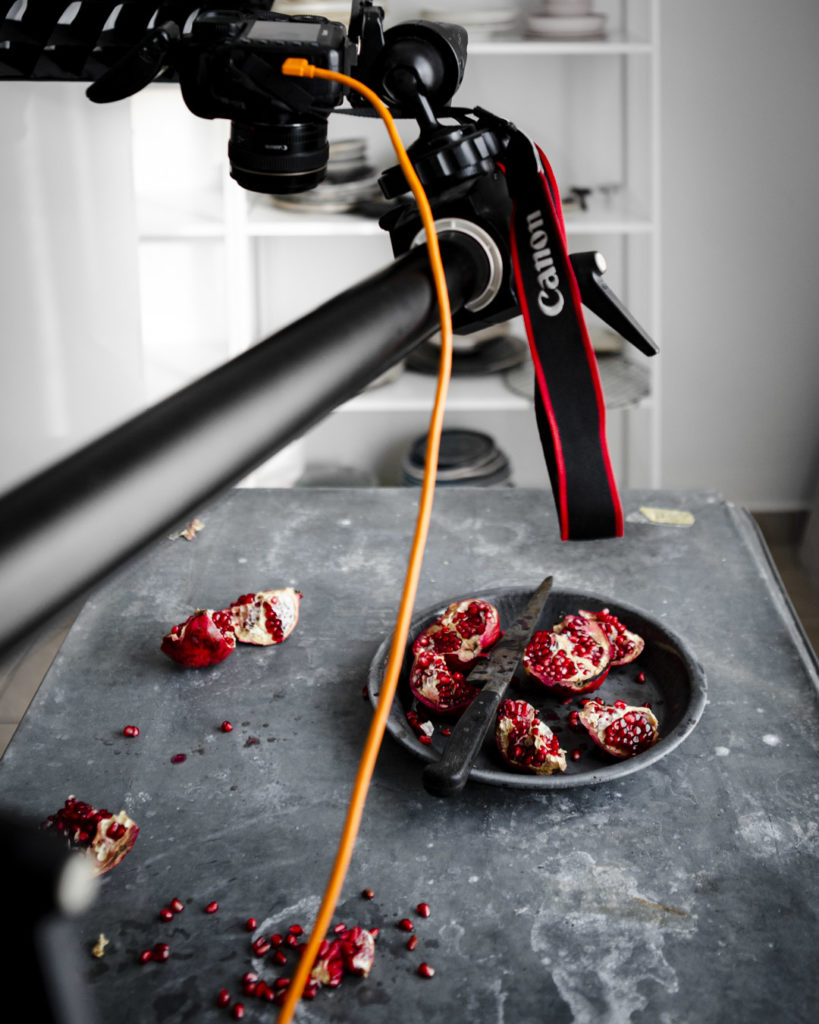
Ingredient 2- Mastering Manual Mode
Can I let you in on a secret? Mastering manual mode is what took me from a frustrated amateur to who was a slave to my camera’s AUTO settings to a pro who could think and adjust quickly to any lighting situation.
It’s easy to fall into the auto trap. But all good things are hard. Going to the gym is hard, cooking from scratch is hard, changing jobs is hard, moving country is hard. But it’s only temporary! Once you master shooting in manual mode and understanding the exposure triangle, you’ll be able to shoot in any room with any size window and any situation. You will be in control of your image sand the story they tell. That story of icing sugar falling in a perfect swirl on your mince pies, the story of the milk swirling like a dancer into your coffee, those delicious buttery soft backgrounds you covet, that tack sharp capture of fizz when you pour your margarita. ALL of that is only possible when you master manual mode.
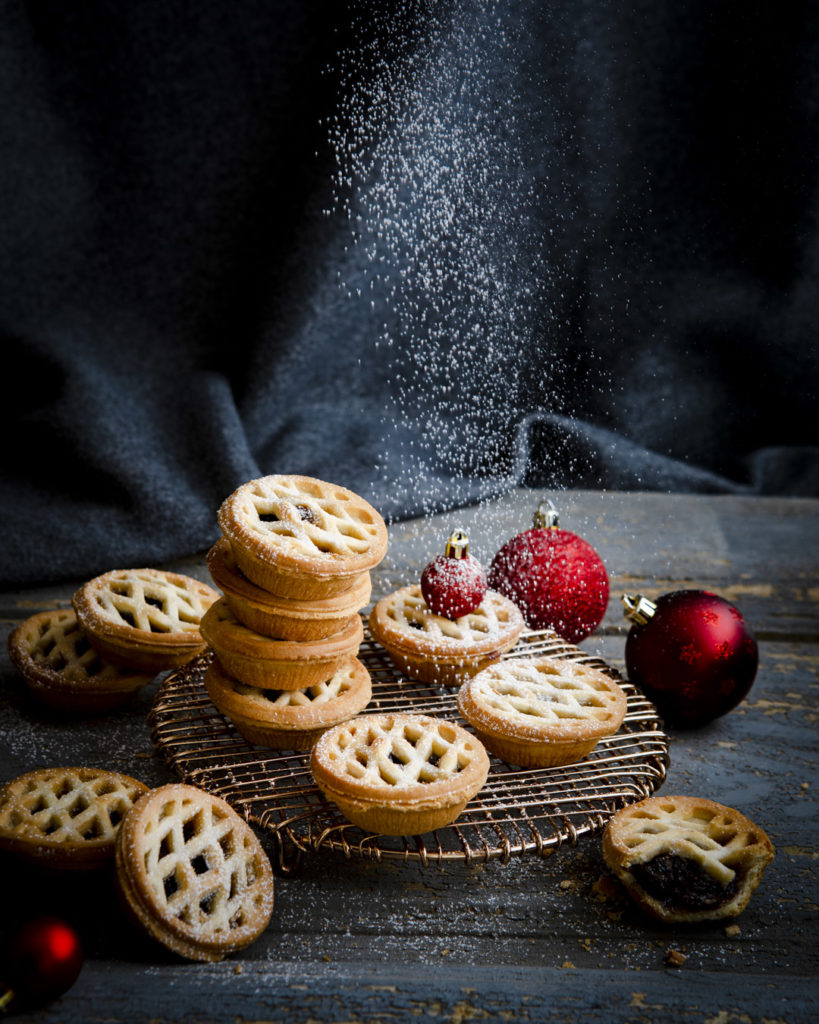
Ingredient 3- Lighting For Food Photography
A great photo will have mystery, an interplay between highlights and shadows, depth and dimension. And it’s lighting that controls all of this. In other words, mastering food photography requires a firm grip of principles of lighting.
Every chef has a secret ingredient. One that elevates their dish, makes the dish versatile and creative, one that helps them OWN their dish. Lighting is that ONE ingredient that will make you OWN your images and have a profound effect on your food photography. But it’s also the hardest to master and control. Once you understand light and learn to manipulate it, your images will be creative, full of life and versatile.
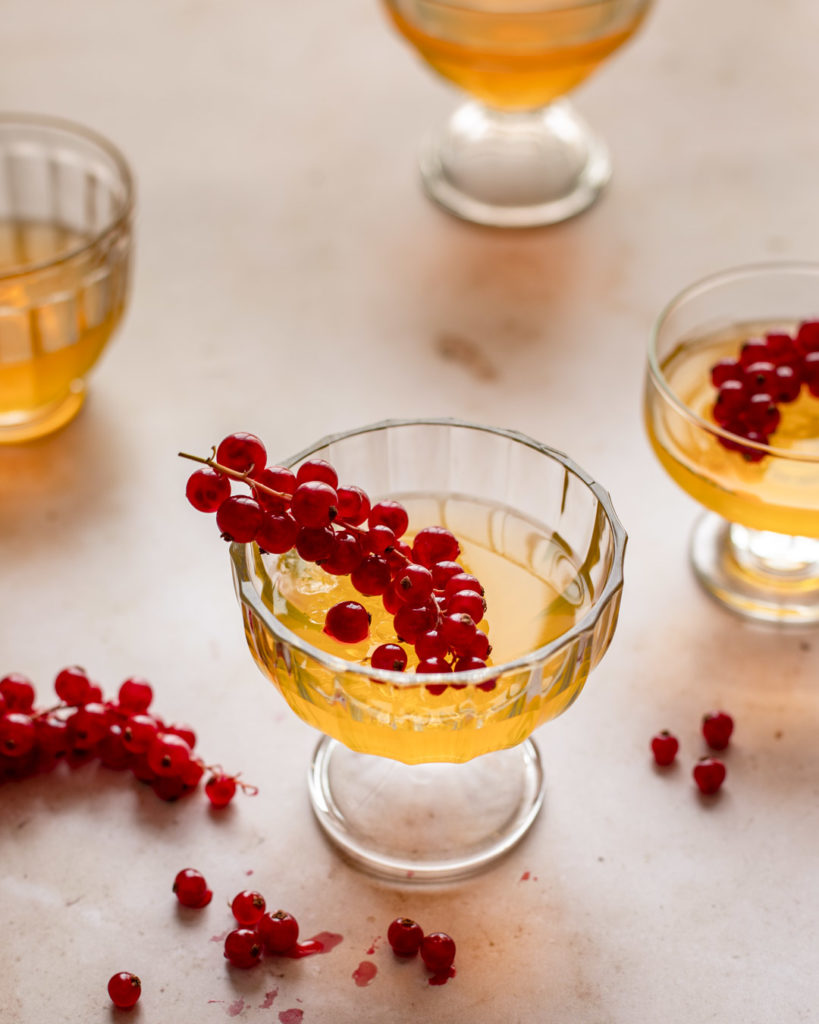
Ingredient 4- Creative Essentials
I’ve said this before and I’ll say it again. Food photography isn’t about the food, it’s about the story of food! It’s about the memories made when dusting donuts in sugar, It’s the joy a baker has when their chiffon cakes rise to towering heights. It’s about how friends feel when they gather around a large bubbling pot of fresh pasta. And as a food photographer, it’s your job to bring these stories to life. Your choice of backgrounds, props, composition, food styling, color theory and balance is what will help to tell your story. Each creative tool works as a supporting cast to your hero food.
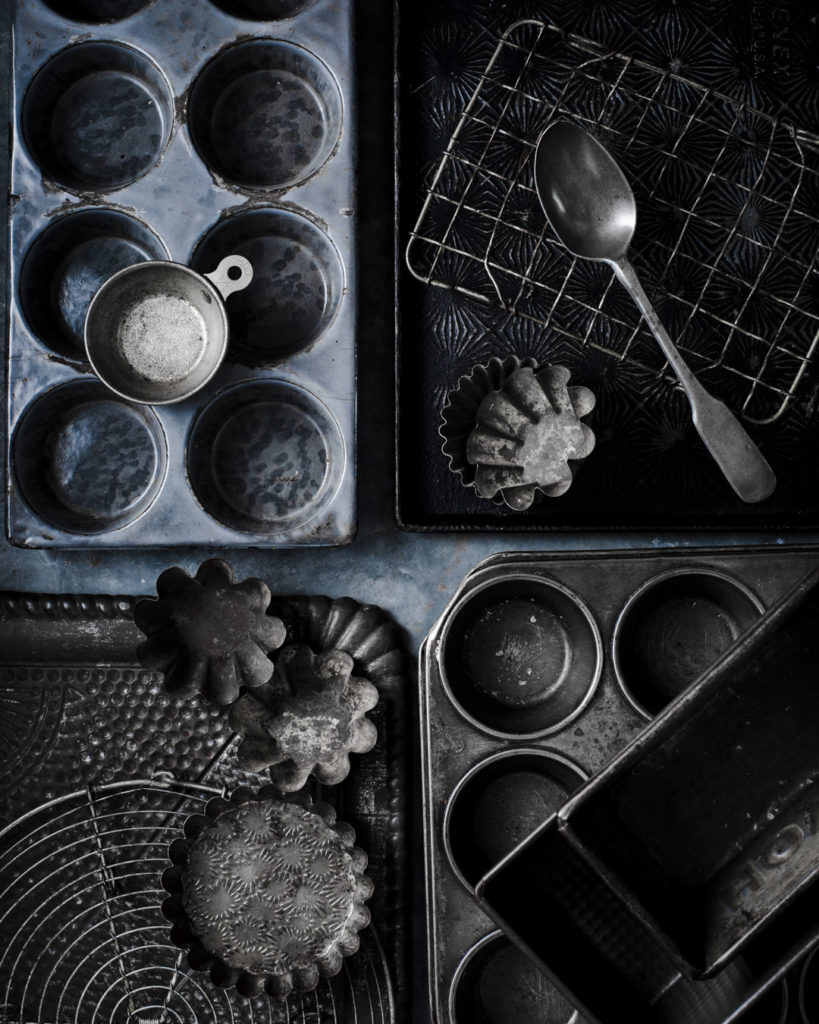
Ingredient 5- The Professional Workflow
Have you ever started shooting your food and just didn’t know where to start, what to do, what angle to use, how to work the light? You just try random shots like throwing pasta to the kitchen walls and hoping something sticks? Sometimes your photos are brilliant but must of the time, they’re just meh and its delete, delete, delete?
Having a good workflow from pre planning to story telling to troubleshooting on set will save you time and ensure that you walk away from every single shoot armed with beautiful images and never leave anything to chance.
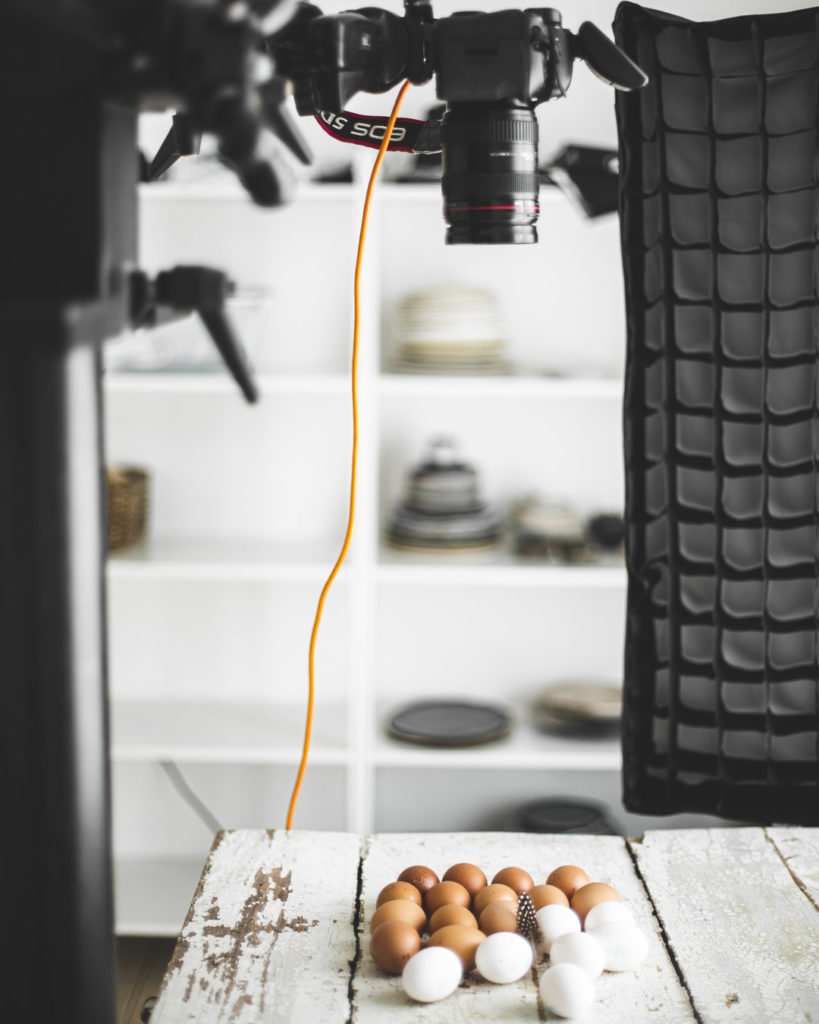
Ingredient 6- The Post Production Process
To wrap up, the final piece of the puzzle to mastering food photography is learning the art of editing. It’s what polished your final images and makes them look professional. The cherry on top, the icing to your cake, the yeast to your bread. Without it, you won’t rise. The finishing touch to each photo, mastering the art of editing adds that final touch of magic to your photos so that they jump off the page.
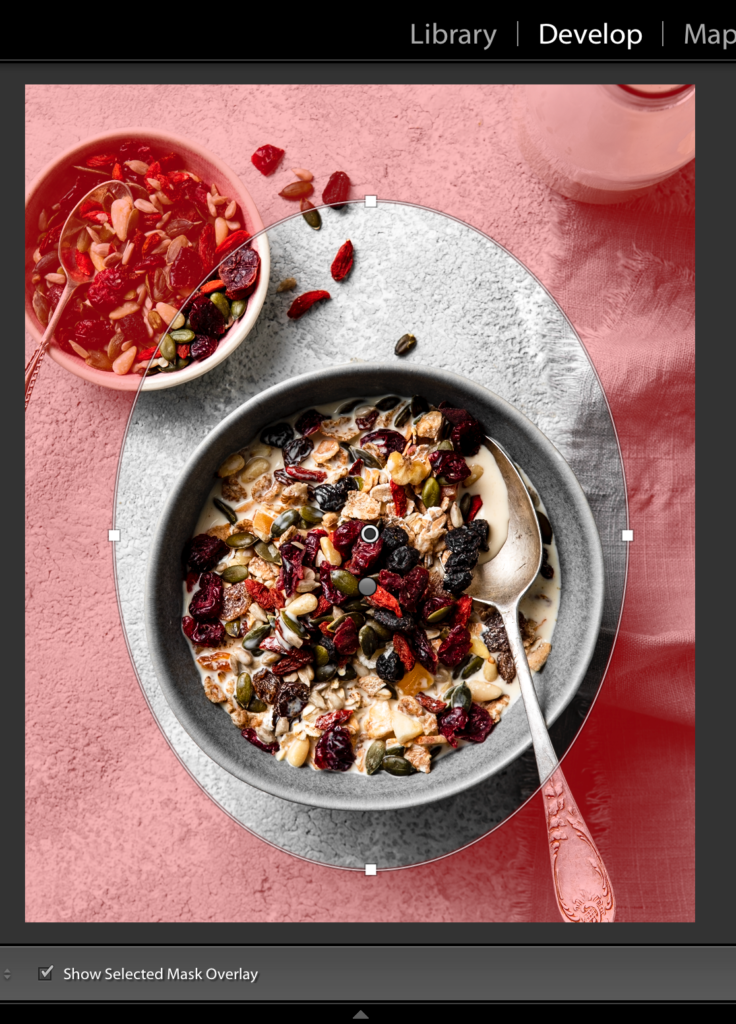
And there you have it, the six essential ingredients every single photo needs to be eye catching, inspiring and get mouths watering. If you haven’t signed up already, PHOODs first course on mastering the A to Z of photography launches soon and and will deep dive into each of these ingredients. We’re pulling back the curtain and spilling all the industry secrets and insider knowledge so you can take pro photos of food and fast! Sign up here to be the first to know.
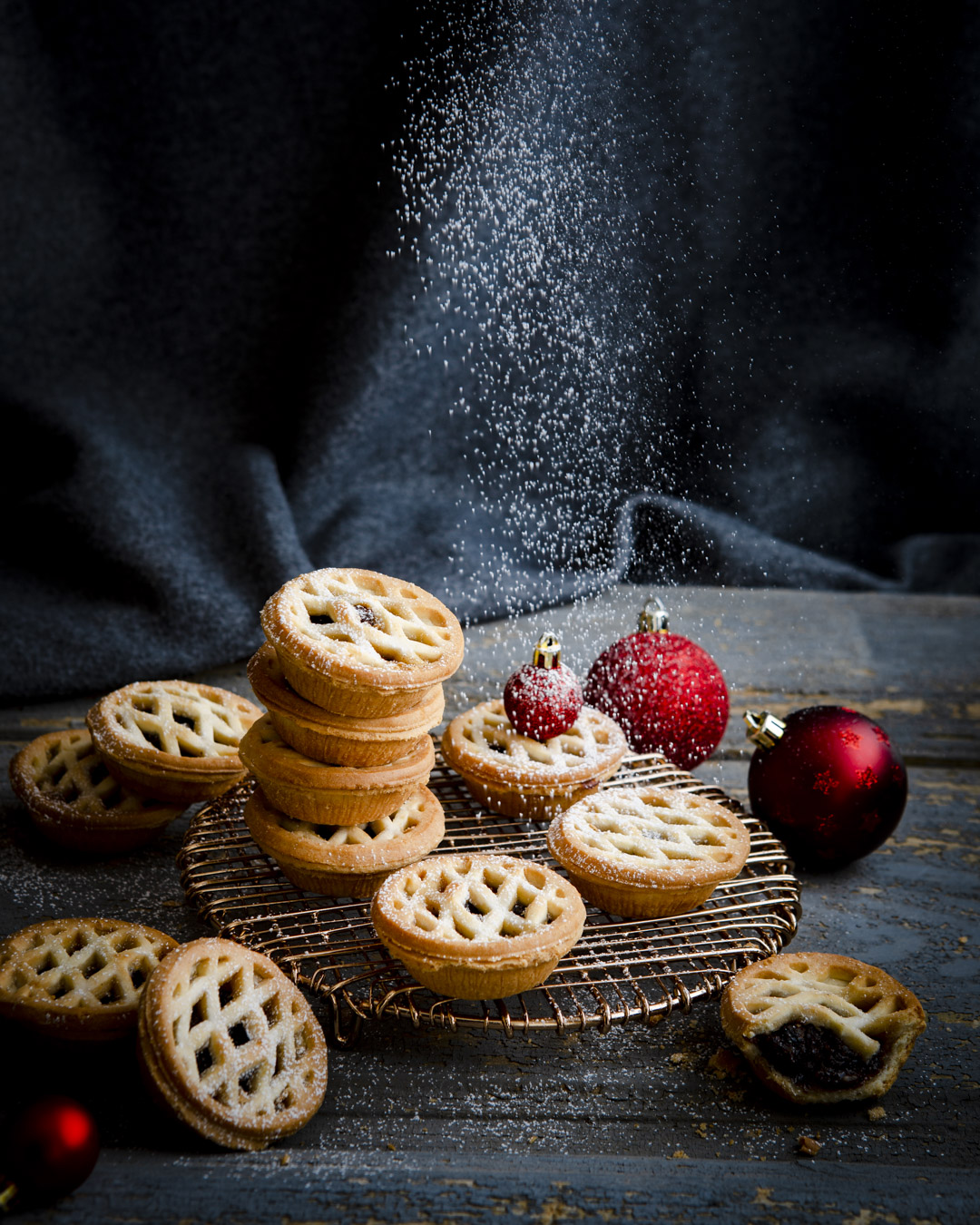
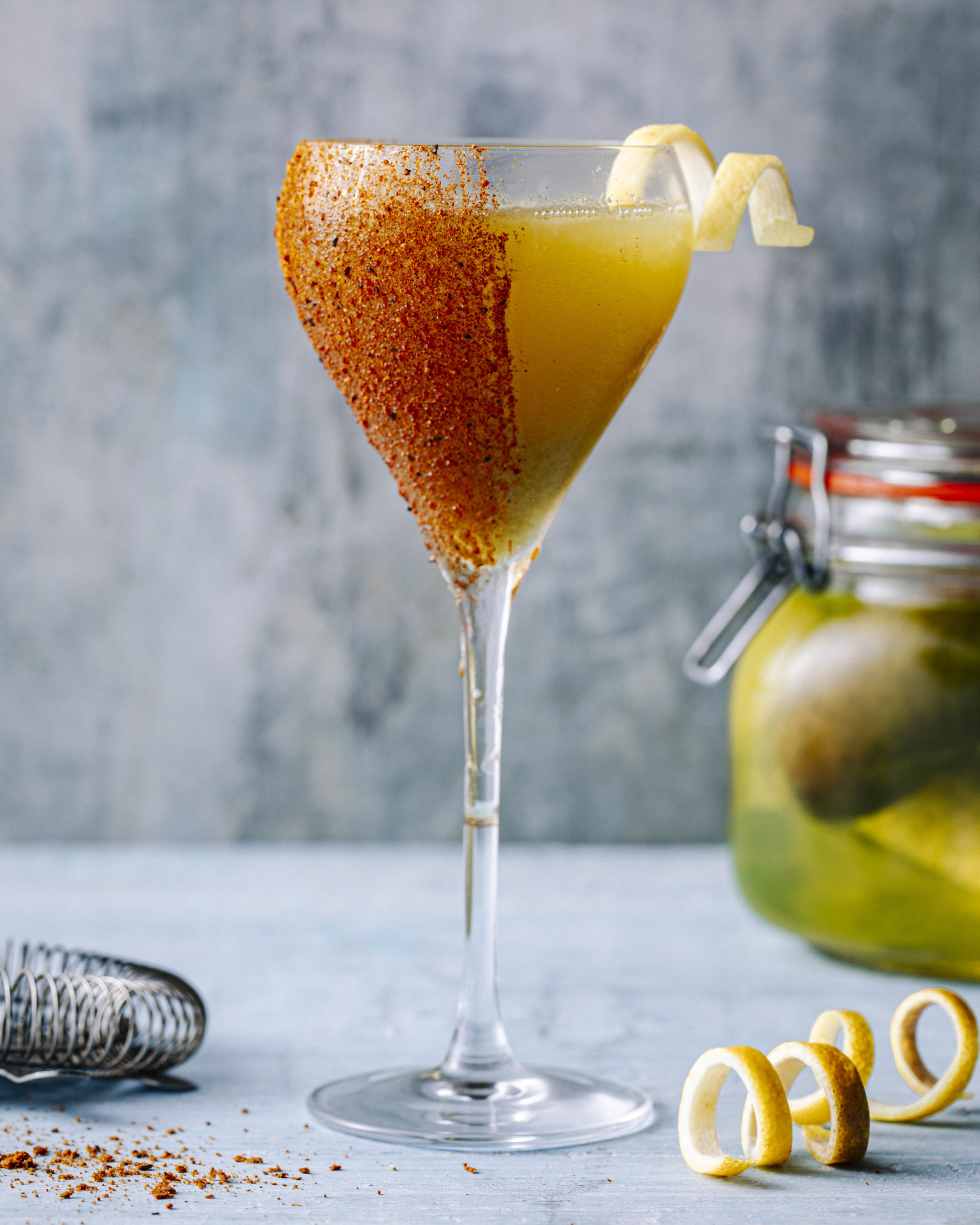
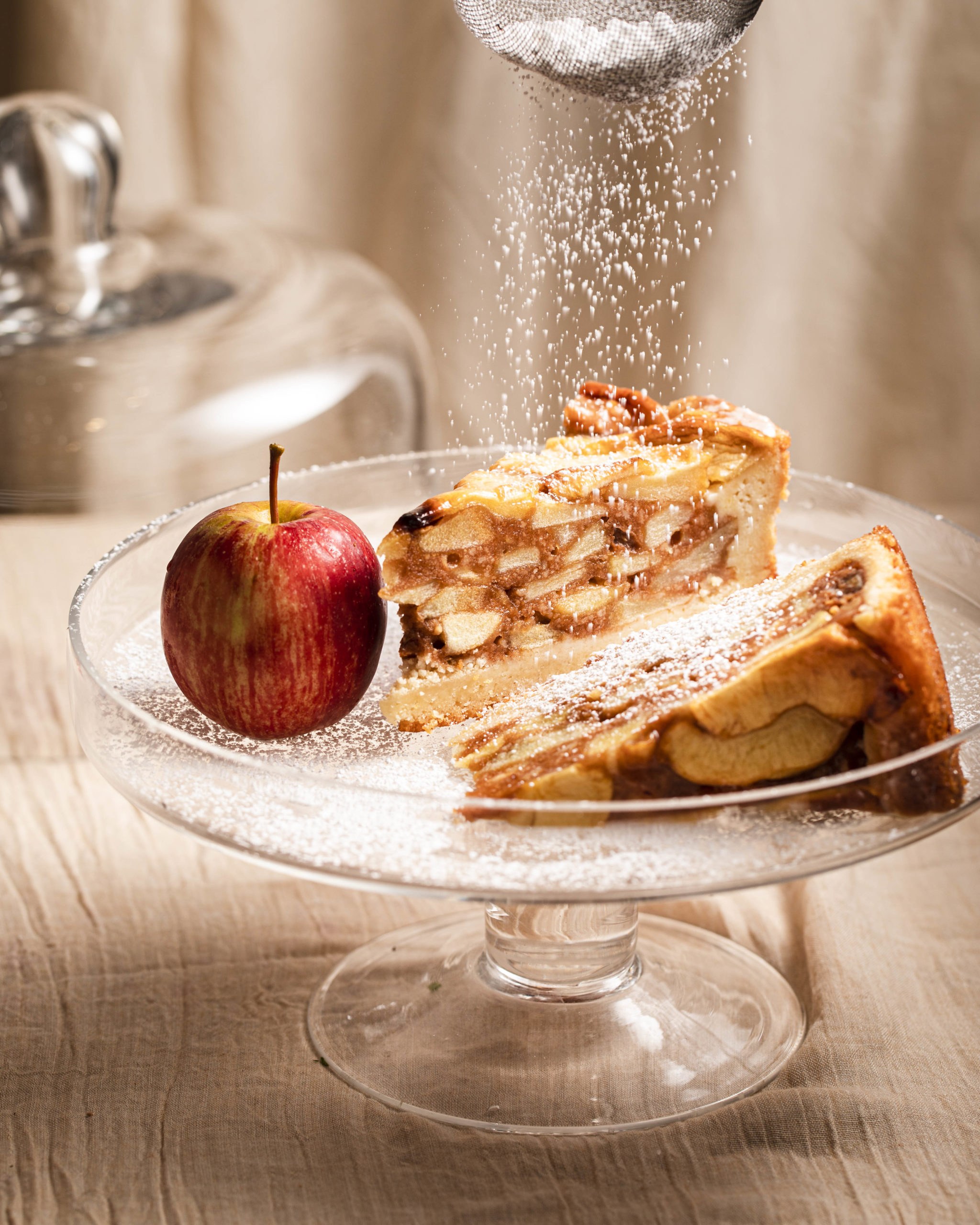
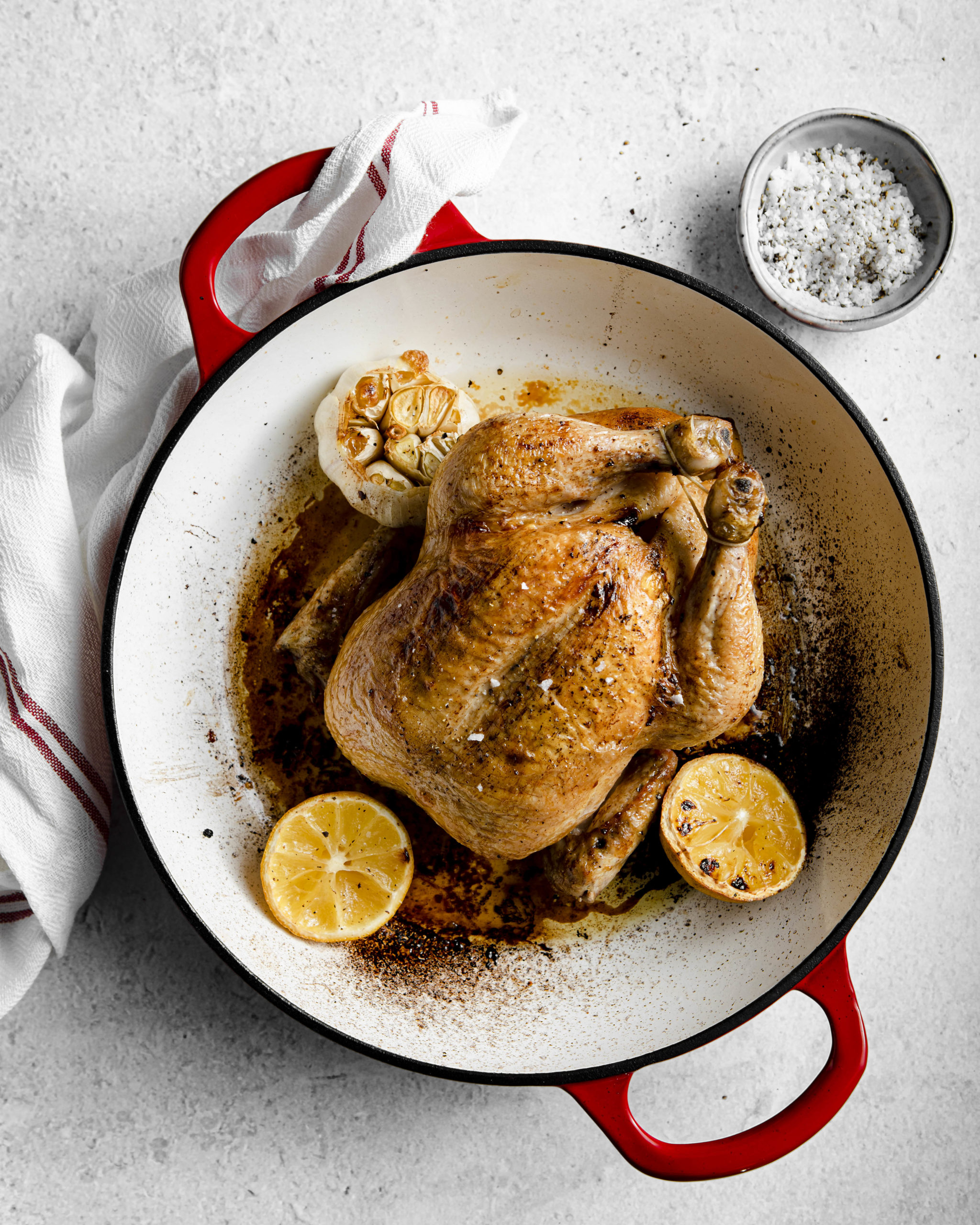
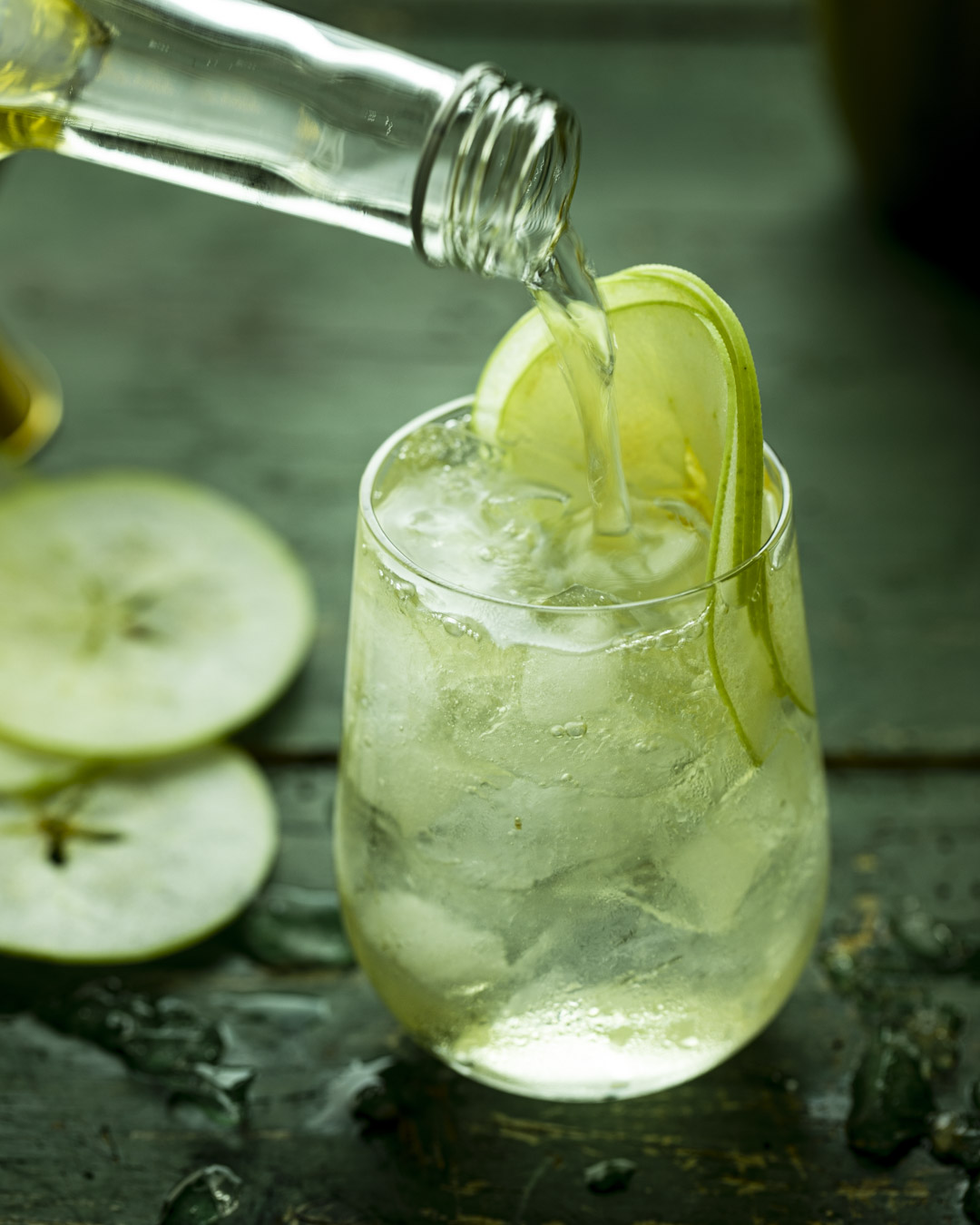
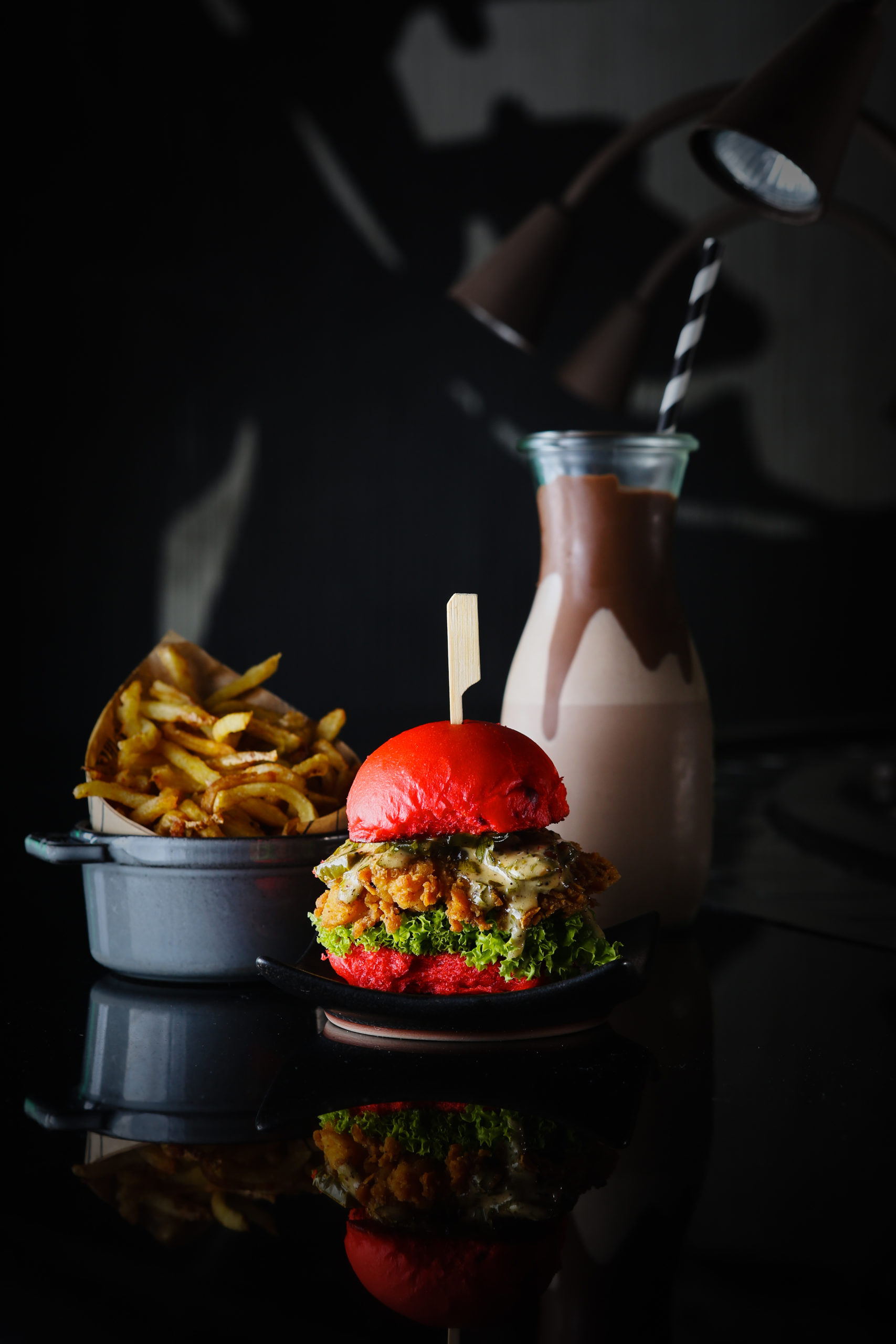
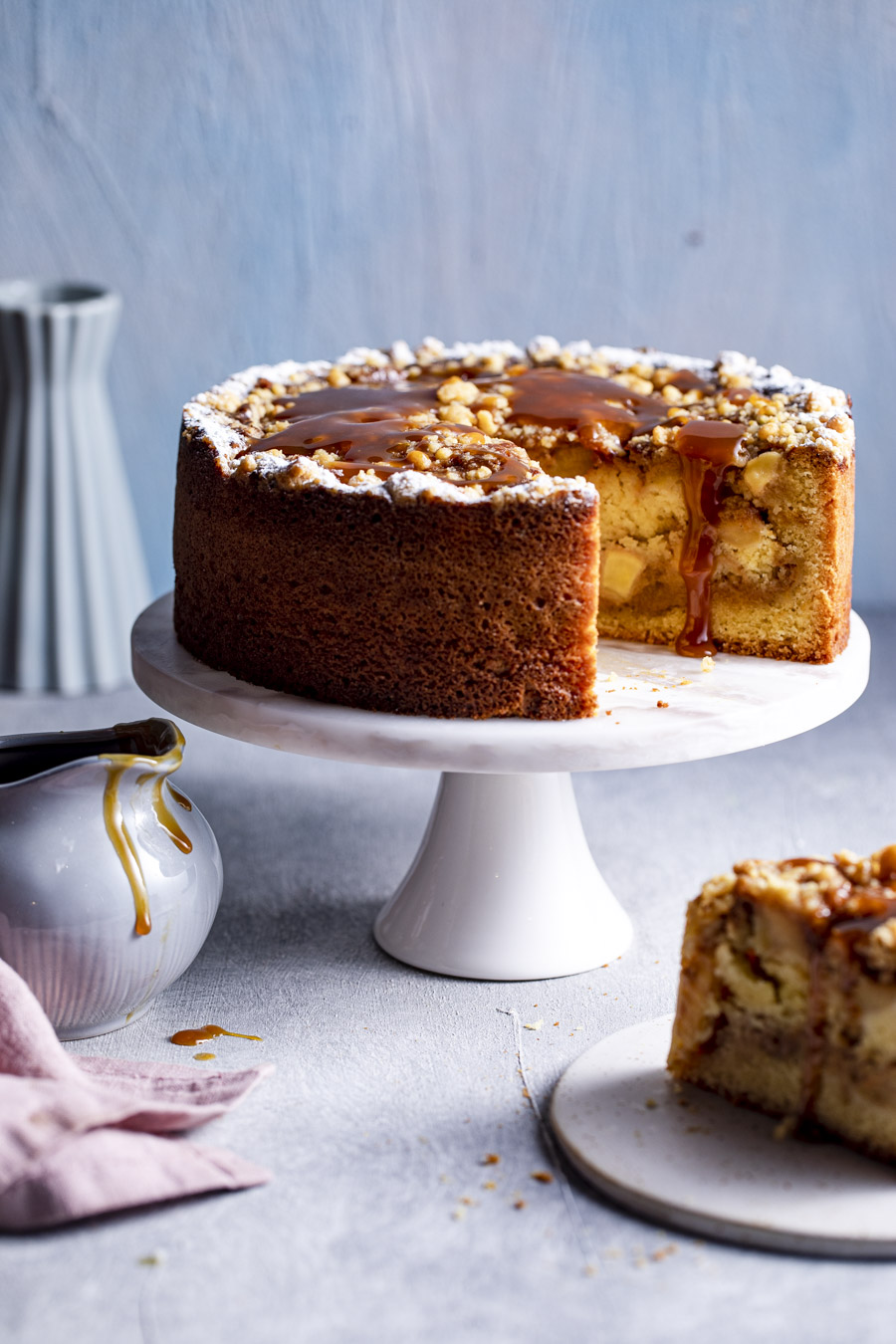
+ show Comments
- Hide Comments
add a comment